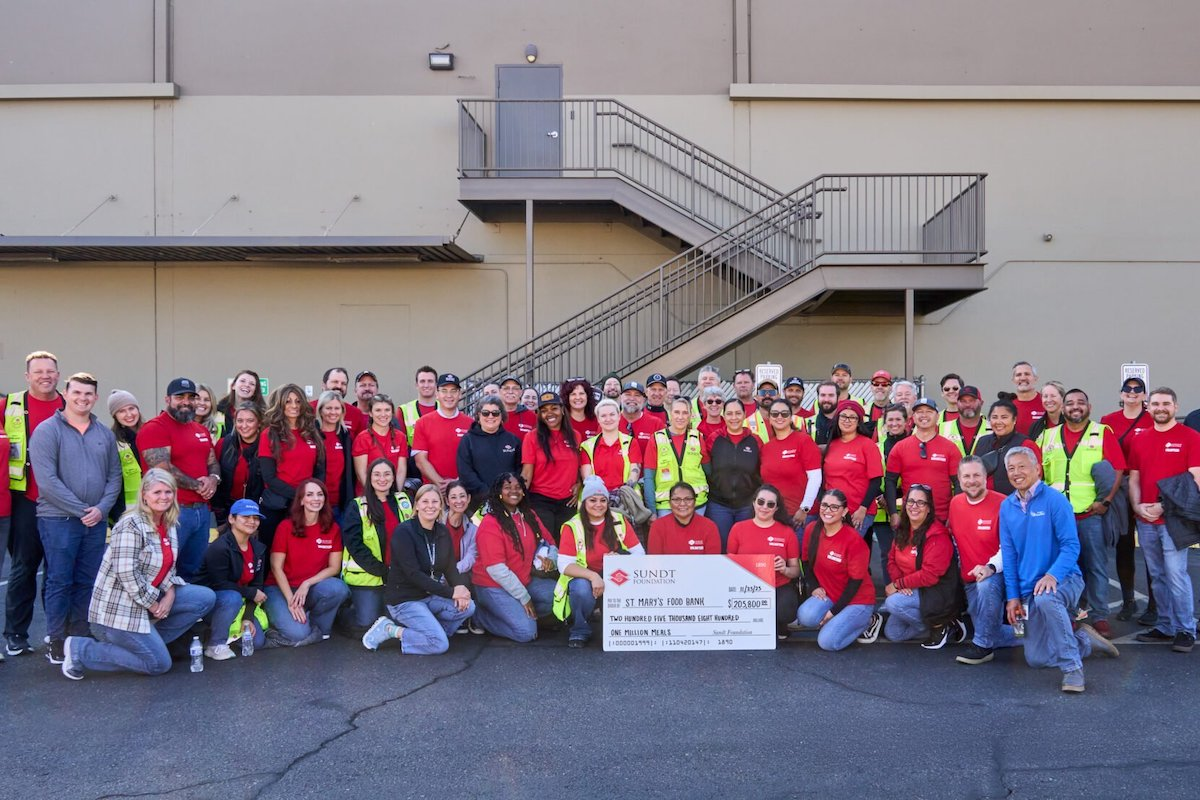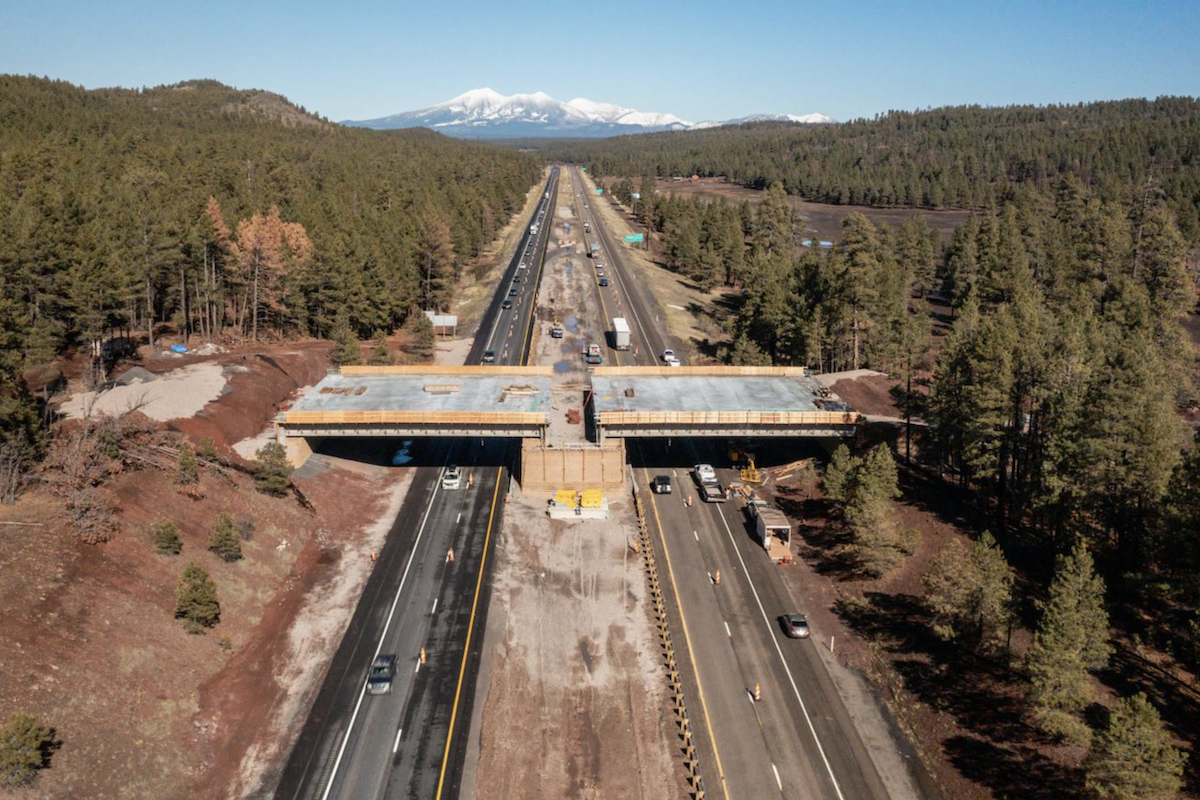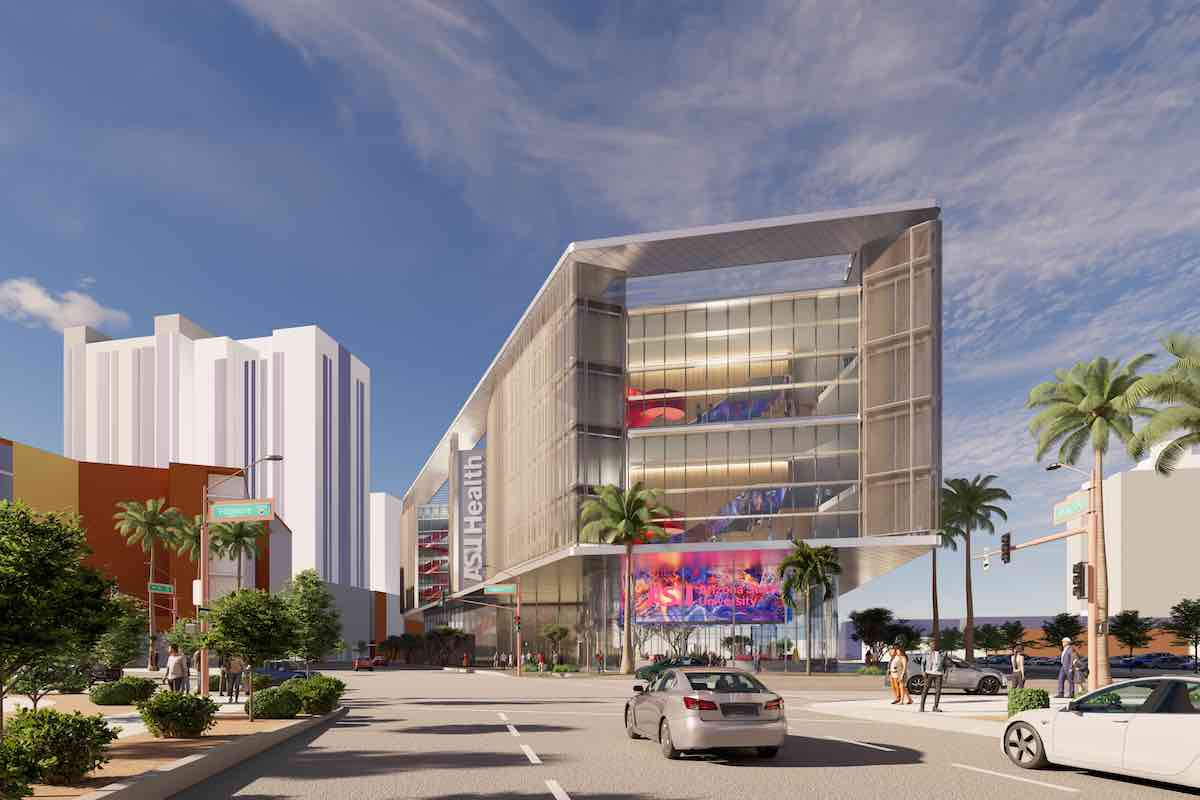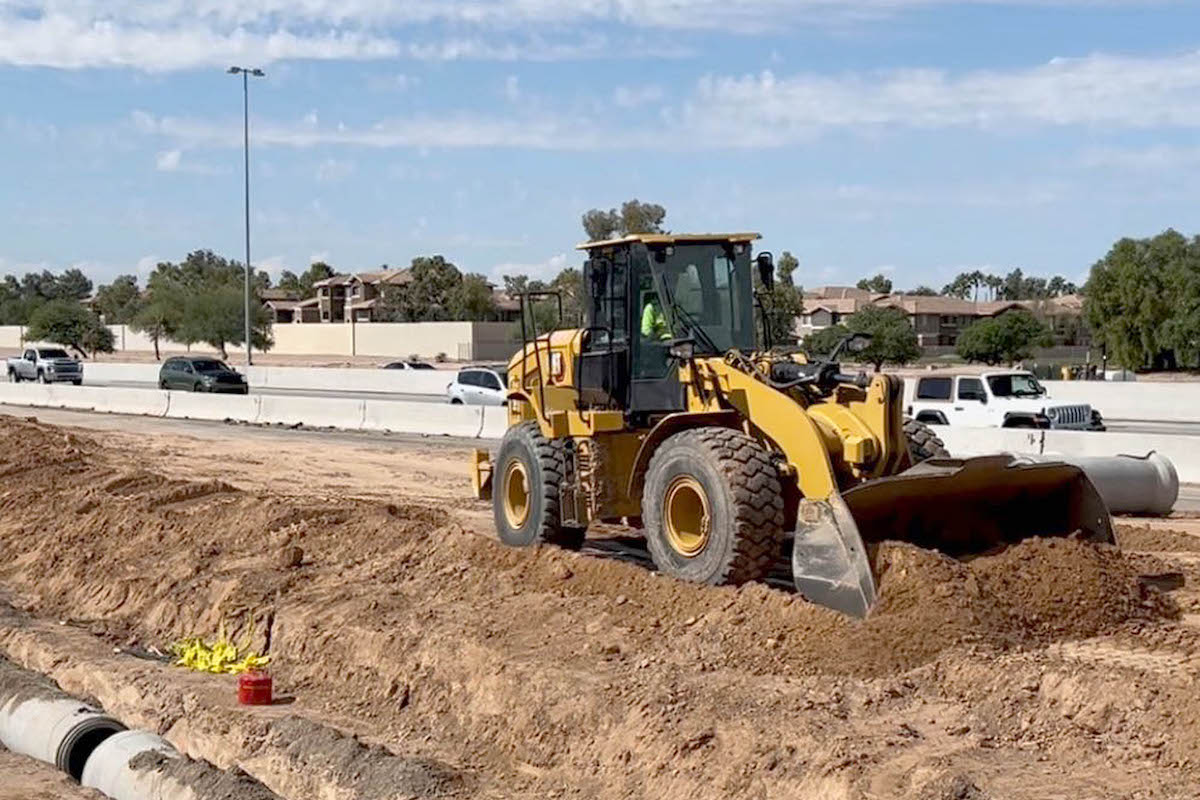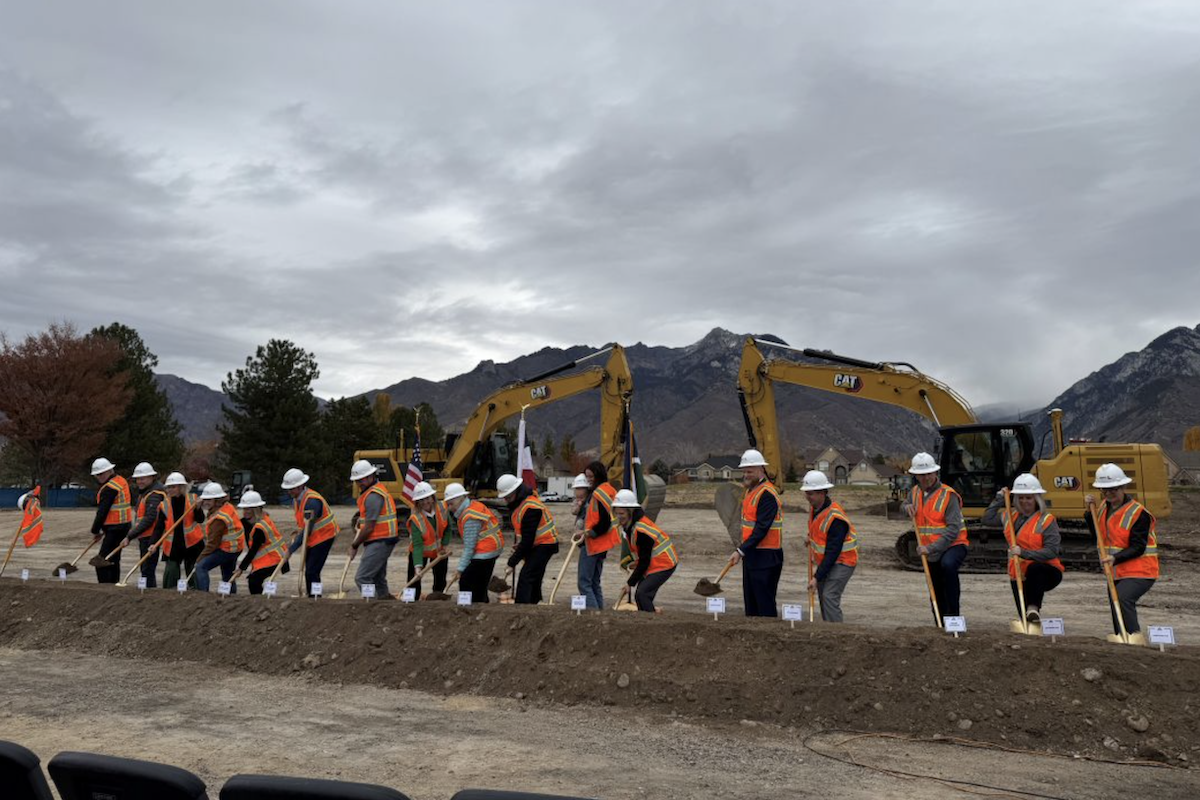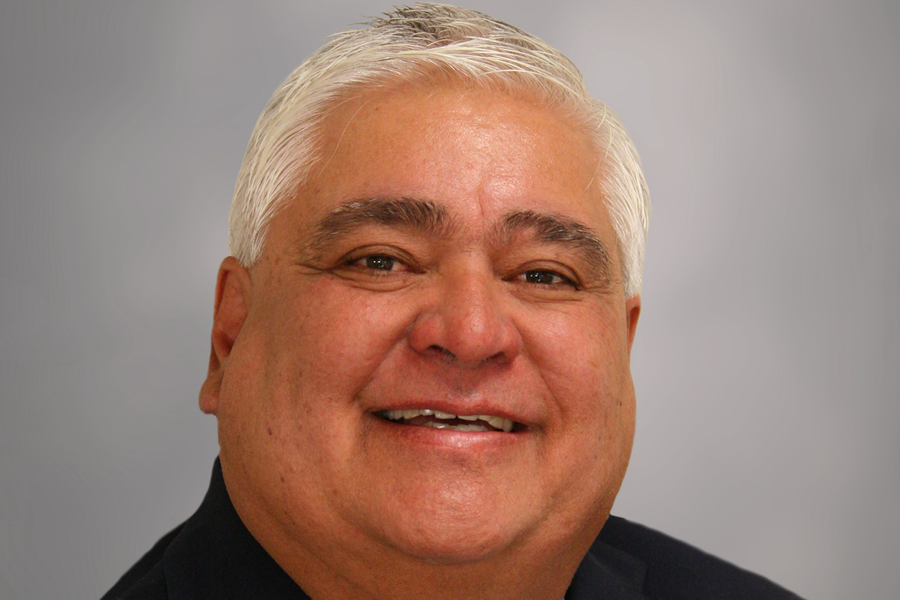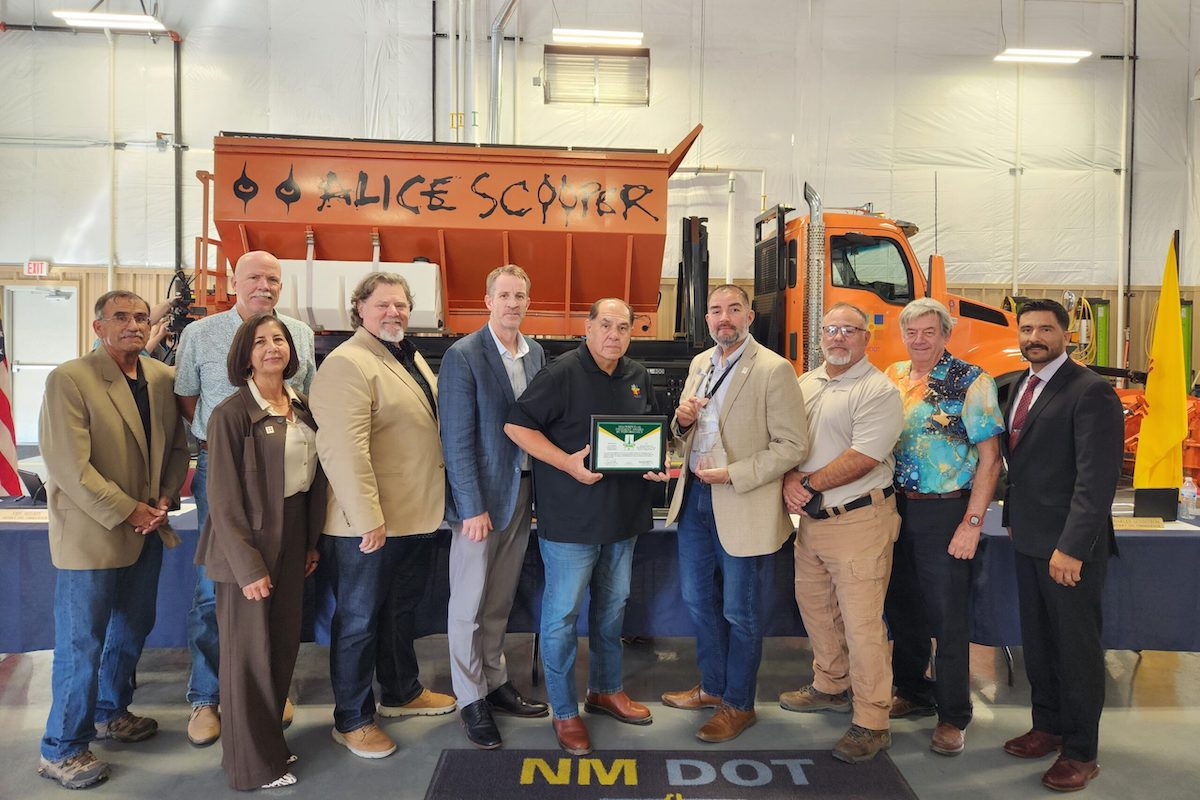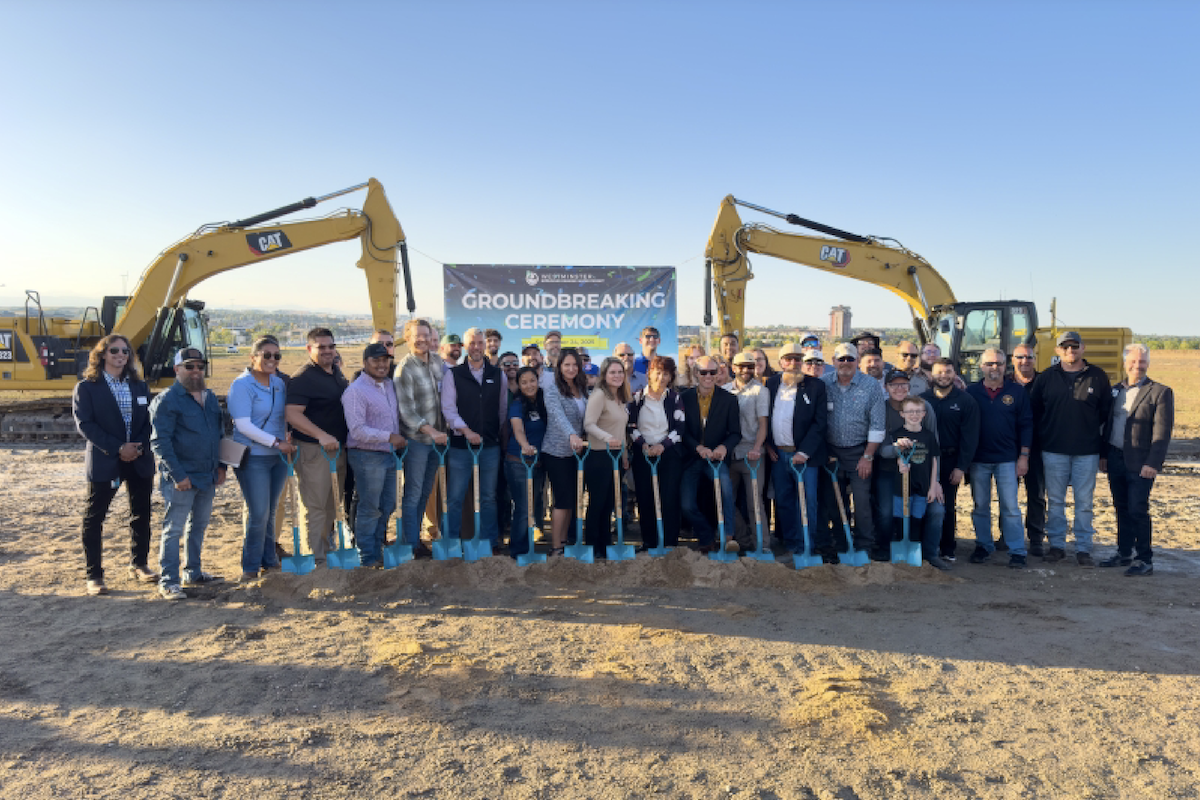Garden City’s most recent project involves upgrading its existing sewer system to larger diameter piping near the dairy plant. While most of the work is being done using open-trench methods, there are several road crossings where trenchless methods needed to be employed. And to install the large casings deep underground, auger boring has been selected as the method of choice.
Horizontal Boring & Tunneling Project Manager, Kenton Moore, said their crews have been part of some huge projects. “We don’t shy away from big pipe. We do a lot of 60-, 72-, 84- and 96-inch diameter pipe installations,” Moore explained. “There are not a lot of companies as highly specialized as we are, which is why we are usually called on to handle large diameter bores.”
Doug Godown, Project Supervisor, and Roger Glenn, Crew Supervisor, of Horizontal Boring & Tunneling spend a lot of time in Kansas performing auger boring work. In fact, Glenn’s crew has spent most of the winter working in Garden City and the Kansas City area. “We usually work year-round, no matter what the weather is like,” he explained. “Over the years, we’ve gotten good at staying warm and ensuring our machinery is ready to go no matter what the temperature is.”
“Over the years, we’ve done around 10 bores in the Garden City area, so we knew what to expect on this one,” Glenn explained. “Soil conditions are sandy, which makes it a major challenge to stay on grade. Sandy soils can have air voids, water pockets and areas with sandstone. We also have to battle with the sand packing in around the casing because of the vibration in the hole.”

| Your local Gomaco dealer |
|---|
| Faris Machinery |
| Tri-State Truck & Equipment Inc |
The project was slated to take a total of 10 weeks, but thanks to a new tool in the Horizontal Boring & Tunneling fleet, the crew wrapped everything up two weeks early.
Horizontal Boring & Tunneling used the ON-TARGET system with its existing auger boring machine. “We’re familiar with McLaughlin auger boring equipment, but that’s not what we had on this job – we were using another manufacturer’s machine,” explained Glenn. “What’s nice about this system is that it will work with any auger boring machine – it doesn’t matter who made it, which makes it a pretty darn cost-effective option to add to a job.”
The ON-TARGET steering system is an upgrade to how the crew would typically handle these bores. Glenn said they would have normally used a conventional head with left and right pads and would have pulled the auger out every 40 feet to measure where they were. Then, they would make adjustments to direction as needed, reset the auger and do another 40 to 60 feet. At 100 feet, they would also shoot the line grade. “The conventional way is a much more time-consuming process,” he added. “The ON-TARGET system saves a ton of time – on this job, a full two weeks.”
The shorter bores were under a road that leads to the dairy plant and the driveway of a trucking company that hauls milk out of the facility. The 280-foot bore was under a state highway, and the longest shot was under a road to a sandpit.
“Interrupting everyday operations at the plant or the trucking company was not an option, which is why they called us in,” said Glenn. “While I’m sure people knew there was an underground crew working in the area, no one had to change their normal routines to accommodate us.”

| Your local Trimble Construction Division dealer |
|---|
| SITECH Northwest |
| SITECH Southwest |
| SITECH Rocky Mountain |
After preparing each entrance pit, the auger boring machine was lowered into the ground where the first piece of casing with the ON-TARGET steering head was added. The crews worked the shorter bores in 20-foot increments. On the longer bores, they would install 40-foot joints, which certainly sped up production rates. “By the time we got to the longer bores, we had complete confidence in the ON-TARGET steering system,” said Glenn. “So, we welded up two casings at a time. On the first day of the last bore, we did 100 feet, 120 feet on the second day and 160 feet on the third day. The bore went quickly.”















